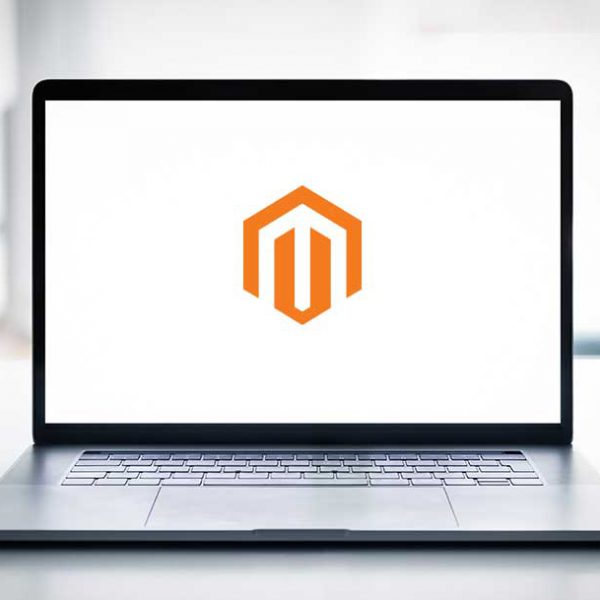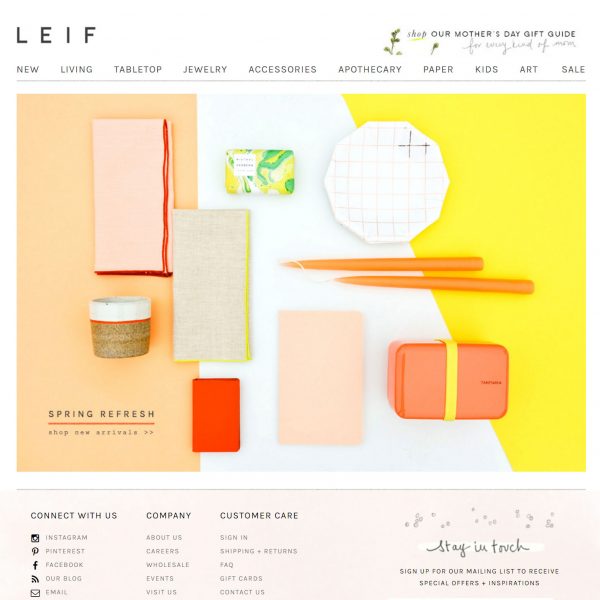The buzzword that can be heard flying around the tech industry right now is Bitcoin. But just what is it and how does it work? If you’re like me and don’t want to get lost in all the technical details of block chain, then you’ve come to the right place. Here I’ll explain, simply, what the mysterious Bitcoin is and how it works (and how to get some).
So what is this Bitcoin you speak of?
Bitcoin was established in 2009 by an unknown person who went by the pseudonym Satoshi Nakamoto. This was a result of many of the large banks being accused of misusing and misleading their customers and borrowers. In its simplest form, Bitcoin is a virtual/digital currency or cryptocurrency. Cryptocurrency is an exchange of digital information that allows the buying and selling of goods. The main feature of cryptocurrency is that it operates on a decentralised peer-to-peer network that has no government involvement.
Another defining feature of Bitcoin is that you don’t need a bank to make transactions, just a peer-to-peer networked program on your computer.
How do you get some coinage?
There are various ways to obtain Bitcoins including buying with flat currencies from online exchanges or by creating brand new coins through a process called “mining”. The following is a common process:

- A user is required to install a virtual wallet onto their computer or mobile. The wallet keeps track of the user’s coin balance and transactions similarly to online banking statements.
- In order to purchase a Bitcoin, flat currency needs to be either deposited through an online payment facility or transferred from a bank account to a third-party coin exchange that connects Bitcoin sellers and buyers.
- Once funds are available in a user’s Bitcoin account, a user can place an order for coins similarly to trading stocks. Bitcoin exchanges include Kraken, Gemini and Coin Corner.
- Services such as Spectrocoin allow users to send their coins directly to their digital wallets.
What is mining?
As mentioned before, Bitcoin has no government involvement regarding distribution and quantity. “Mining” is jargon for the discovery and verification of Bitcoin transactions. Individuals are constantly endeavouring to verify numerous transactions simultaneously. These transactions are gathered into boxes that are locked with virtual padlocks called “block chains”. “Miners” run software to find a “key” to open these virtual padlocks.
I hope to have provided a simple explanation of Bitcoin and block chain. Of course this is only touching the surface of a much larger and much more complex cryptocurrency environment. We can only wait and see where all of this leads to.



